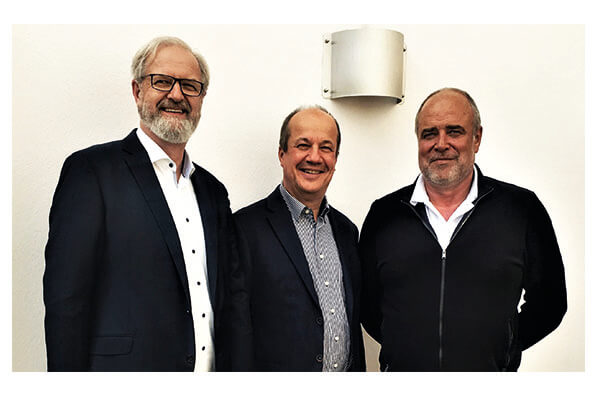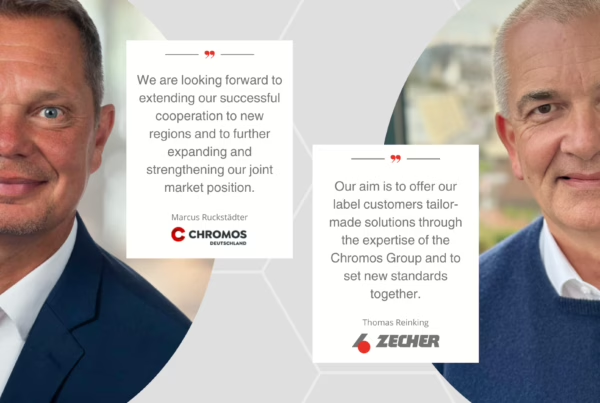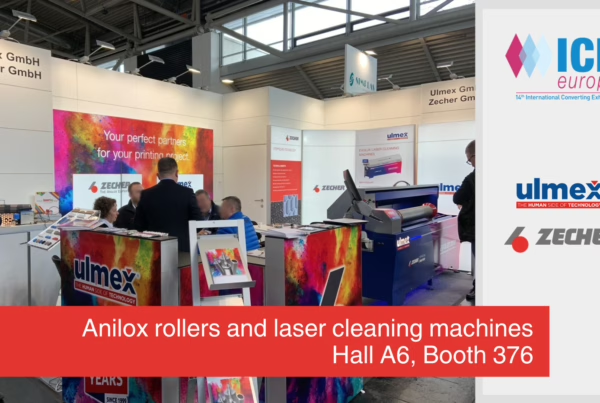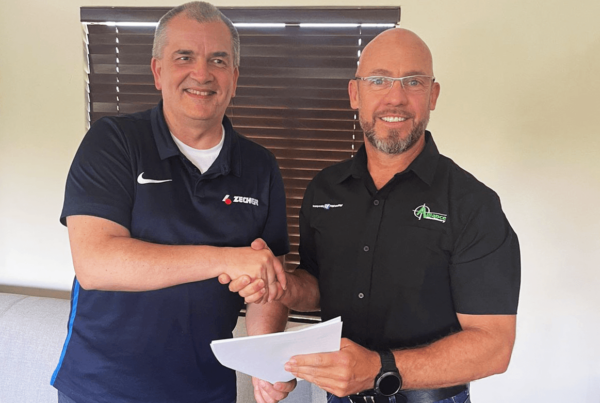It’s been 30 years since the partnership between Dortschy GmbH & Co. KG in Bielefeld and Zecher GmbH in Paderborn, Germany, which continues to offer its German and Austrian customers added value.
When reliability meets innovation
It’s been 30 years since the partnership between Dortschy GmbH & Co. KG in Bielefeld and Zecher GmbH in Paderborn, Germany, which continues to offer its German and Austrian customers added value. As early as 1989, the anilox roller specialist Zecher focused on the optimization of production lines and successfully installed the first plant for the production of laser-engraved ceramic anilox rollers. By contrast, Dortschy was already specializing in sales tasks and represented well-known manufacturers in German-speaking countries. So the idea arose to work together, in order to transform the respective strengths of both companies optimally into customer benefit.
A common goal
For both companies today, the best technical and sales support for existing and future customers is in the common focus. Technical innovations such as SteppedHex anilox engraving for optimum ink and varnish transfer, reduced consumption and universal use of anilox rollers are just a few examples.
An experiment provides the proof
The focus on customer benefits has also been proven recently in cooperation with the family-owned company Meinders & Elstermann Druckhaus, which can look back on more than 130 years of experience in the printing and publishing industry. Together with Meinders & Elstermann, Dortschy and Zecher have started a trial on paint consumption and potential savings. In this test, standard engraving for matt lacquer should be compared to Zecher’s SteppedHex engraving. After every 20,000 sheets, only the roller was replaced. The result: With all other process parameters left unchanged, a lower lacquer consumption of 15% was observed with the SteppedHex engraving. The print shop manager Lars Höcker-Gödecker from M&E summed up the positive results as follows: “The test showed that with the anilox roller from Zecher compared to the 10 cm³ roller, over a production of 20,000 sheets, we used significantly less lacquer. The saving was 15%, without changing any of the following processes: Same drying times before cutting/folding and no changed abrasion resistance.”
From an economic perspective
From an economic point of view, this technology is a viable alternative to the standard 10 cm³ rollers used so far, as with considerably less varnish consumption the same good results are achieved. The customer’s requirements and high expectations were more than met with the SteppedHex engraving. In markets that change fast and are disruptive, strong partnerships such as those of Dortschy and Zecher are becoming increasingly important. You can close the gap between the printing house and the supplier and guarantee lasting advice and success with a team of experienced and practice-oriented sales representatives and application engineers.









